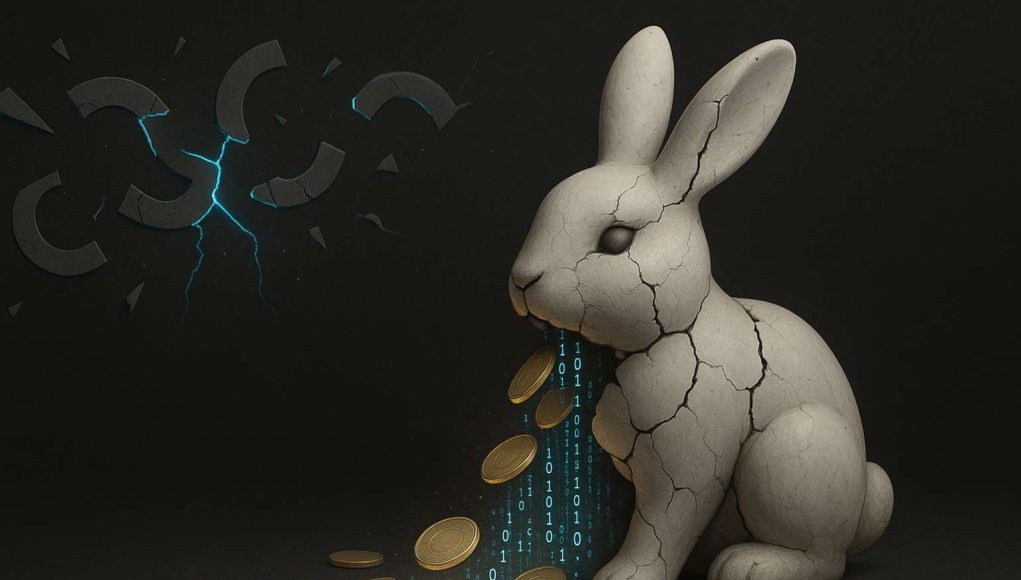The Bunni hack drained millions from the Uniswap v4-based protocol, shaking the DeFi sector once again. Attackers exploited a precision bug in Bunni’s smart contract logic. They siphoned off between $2.3 million and $8.4 million across Ethereum and Unichain. The precision bug exploit shows how small errors in smart contract math can turn into devastating security incidents. It also raises questions about the readiness of Uniswap v4 hooks for wider adoption.
What Happened
The Bunni hack began when attackers found a flaw in the way Bunni’s contracts handled precision in token calculations. By manipulating the bug, they drained stablecoin liquidity pools and destabilized the protocol.
Reports on the total losses vary, with estimates ranging from about $2.3 million in stablecoins to as high as $8 million. The difference depends on whether calculations include losses across both Ethereum and the Unichain exploit.
Why the Precision Bug Matters
The attack centered on a precision bug that skewed token calculations. In DeFi, where smart contracts manage billions of dollars, even a small error can create major risks.
This is not the first time smart contract vulnerabilities, tied to math or decimal handling, have caused losses. Past incidents include overflow errors and decimal mismanagement. These mistakes show how precision issues can trigger systemic failures. The Bunni case now ranks alongside other Uniswap v4 hack concerns. It raises doubts about whether the new architecture has been tested enough.
Impact on Bunni and Its Users
For Bunni’s liquidity providers, the fallout is severe. The Bunni Uniswap exploit drained stablecoins and tokens from pools. Providers now face unrecoverable losses.
At the time of reporting, official updates from the Bunni team remain limited. There is still no clear path to reimbursement. For individual users, the incident proves again that funds locked in unaudited or lightly tested protocols carry high risk.
Security Lessons for DeFi
The Bunni case highlights broader DeFi security risks linked to deploying on experimental infrastructure like Uniswap v4 hooks. Hooks expand the flexibility of decentralized exchanges. But their novelty also increases the chance of overlooked smart contract vulnerabilities.
Experts argue that more rigorous audits and stronger verification methods are needed. Live testing environments would help developers find flaws before launch. The Ethereum DeFi hack reinforces the urgency of raising standards across the ecosystem.
Market and Ecosystem Reactions
The $8M DeFi hack has fueled new doubts about Uniswap’s v4 framework. Some projects may delay adoption of hooks, fearing similar attacks.
At the same time, the incident adds to a growing list of exploits targeting early-stage protocols. Developers and investors alike are now asking if DeFi innovation is moving faster than the industry can secure it.
>>> Read more: Uniswap Hits $3T – A Big Moment for DeFi
The Bunni hack is a textbook reminder that precision matters in DeFi. A small coding flaw in a Uniswap v4 hook created millions in stolen assets. Liquidity providers and developers are now left to deal with the aftermath.
As the sector continues to evolve, stronger audits, better testing, and greater caution will be essential. Only then can DeFi withstand the constant threat of exploitation.










